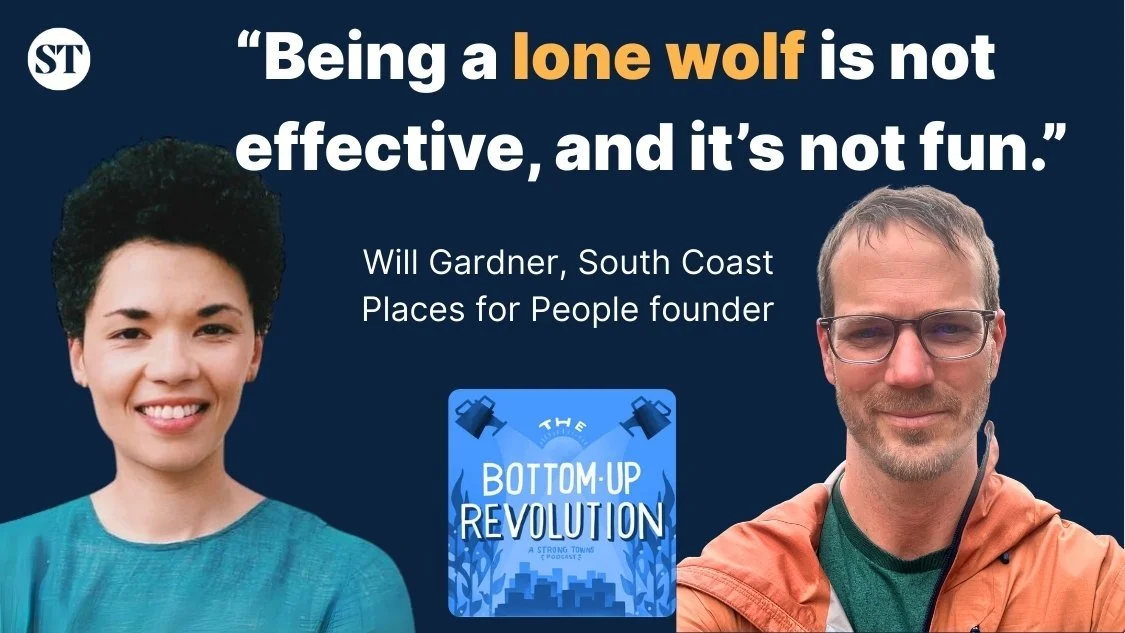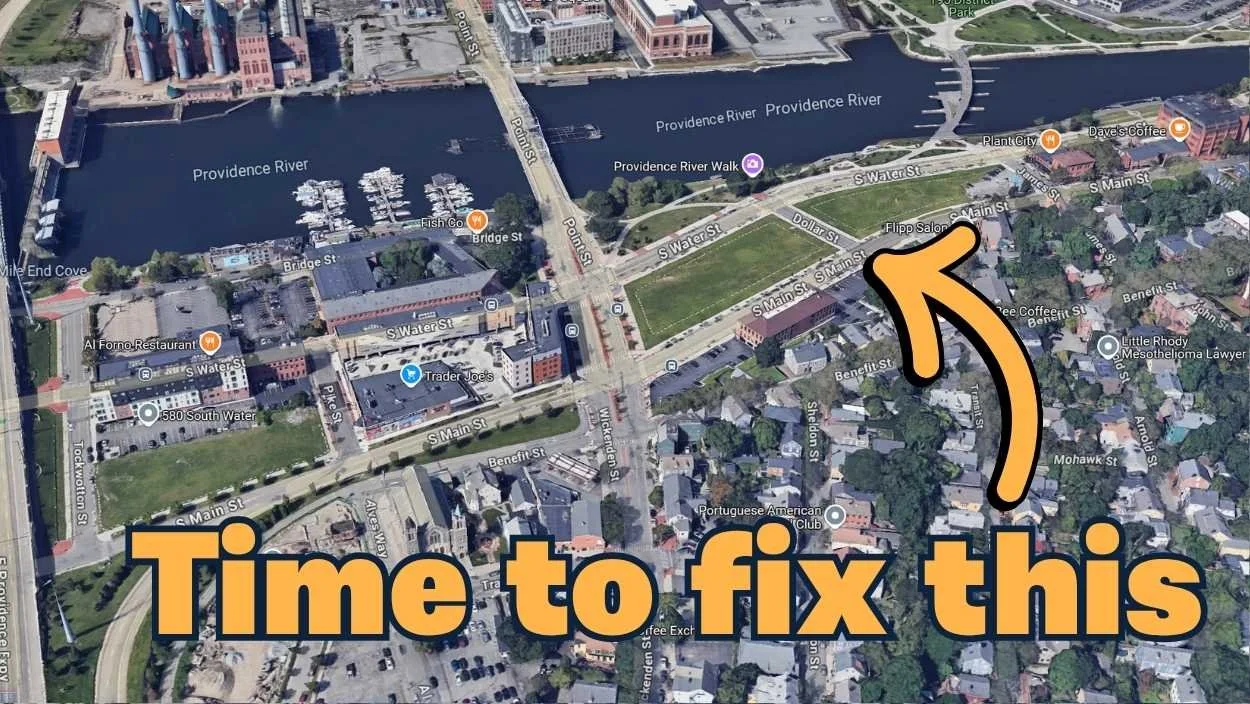Will Gardner is the founder of South Coast Places For People, a new nonprofit in Massachusetts. He discusses the three working groups his nonprofit recently started, which focus on parking reform, backyard cottages, and street safety.
Read MoreThe city of Artesia, California, has been struggling with a speeding problem. Instead of just blaming drivers, city staff teamed up with local advocates to address the root problem: the street design.
Read MoreA 66% decrease in crashes wasn’t enough to protect these traffic diverters, but the unified efforts of local advocacy groups and city officials might be.
Read MoreMemphis was ranked the #1 most dangerous metro in 2024. That’s not stopping Kelsey Huse, an advocate and grad student. She shares the inside scoop on Memphis’ dangerous design and how she’s working to change it.
Read MoreWhen our infrastructure makes normal childhood behavior life-threatening, allowing kids to do typical childhood activities becomes reckless endangerment.
Read MoreWhen a child is killed on a street like West Hudson Boulevard, it’s not a tragic fluke. It’s the outcome we designed for.
Read MoreFour days. Three crashes. Two lives lost. One life changed forever. For residents of Fairhaven and New Bedford, this wasn’t just a bad weekend; it was a turning point.
Read MoreAfter a car crash damaged three houses, these Minneapolis residents are done waiting for officials to act. They're demonstrating a better way of responding to crashes.
Read MoreCharlottesville’s political wounds ran deep. Now, the city is turning to bikes, sidewalks, and street-level trust to chart a new course.
Read MoreIn 2010, this community in Memphis, Tennessee, showed how resident-led, city-backed change can transform a place. That pattern is still playing out today.
Read MoreJeral Poskey is the founder of Swyft Cities, which is spearheading a totally new transportation system. Jeral describes the system and how it could address issues like traffic, land wasted on parking, and difficulty with infill development.
Read MoreIn April, a child was hit in a crosswalk outside a library in Annapolis, MD, despite the crossing's high-visibility signal. It’s time for officials to stop relying on signals and start redesigning the street to actually be safe.
Read MoreEdmonton is proving that communities don’t have to accept neglect as inevitable. Here’s how it’s turning derelict properties from liabilities into catalysts for renewal.
Read MoreThe demolition of dangerously neglected buildings gives Bloomington, Illinois, an opportunity to revitalize long-vacant parts of its downtown. Strong Towns Blono is making sure the city doesn’t waste it.
Read MoreMeet Army Master Sgt. Ben Hultquist of Fayetteville, North Carolina. After a string of preventable pedestrian deaths, Ben started advocating for safer streets. Here’s how his testimony is changing the conversation.
Read MoreRemoving an urban highway is a big win—but the work doesn’t stop there. Providence shows how cities can take the next steps to repair their communities.
Read MoreWendy Nash is the founder of Get Around Caboolture, a group that advocates for more transportation options in Caboolture, Australia. They were the first group to host a Week Without Driving outside of the U.S.
Read MoreStudent journalist William Donofrio is part of a growing group of changemakers who are noticing, documenting, and sharing the struggles their places face.
Read MoreThere is nothing radical or reckless about letting your child cross the street. So why are parents across the country facing criminal charges for doing just that?
Read MoreHow did one of the most dangerous streets in Rhode Island turn into a safe and comfortable place for people to walk, bike, and shop? It’s all about community and local context.
Read More



















